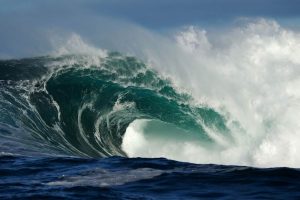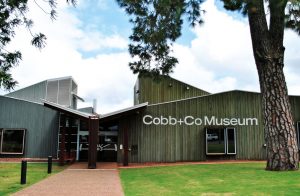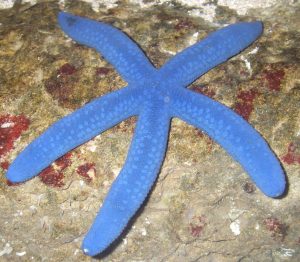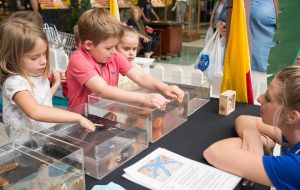 What an exciting opportunity we have this year with Science Week. The theme for the yearly program is dedicated to something Ocean Life Education is extremely passionate about.
What an exciting opportunity we have this year with Science Week. The theme for the yearly program is dedicated to something Ocean Life Education is extremely passionate about.
Deep Blue: innovations for the future of our oceans
In case you’re wondering what exactly that means, don’t be shy – read on.
Science Week is celebrated throughout Australia annually, this year falling upon the 15 – 23 August. It is a way to embrace science and technology, whether you are a school student, a builder or a scientist – all are invited to jump in and get involved by taking part in over 1000 scientific events held nationally. Science Week is for everyone, and each of the activities are designed to address and excite all ages. But what is the end goal for such programs and interactive activities?
Here at Ocean Life Education, we endeavour to enhance and spark interest in scientific pursuits for the future.
Science week has delivered a powerful format this year and we are looking forward to joining the celebration by offering a program discussing advancing innovations such as aquaculture and clean energy.
The Australian Science Teachers Association has a great resource book of ideas.
Here’s a look at what this year’s theme will be covering …
Aquaculture is the controlled process of cultivating aquatic organisms, especially for human consumption. With billions of mouths to feed in our ever-populating world, the earth’s wild fish and marine life, cannot possibly sustain us, therefore it’s vital to research viable aquaculture systems.
Water is a very powerful element. Investigating how we can harness the power of our oceans to generate electricity is a vital step to attaining clean energy as a solution for reducing our impact on climate change and eliminate carbon pollution. Although the use of water to generate electricity is not new; we are now looking to the power of seawater to do the same.
What we need is brilliant young minds to come up with engineering solutions to make this possible and affordable. Will that be you?
Get in touch
info@oceanlifeeducation.com.au
07 5443 8545





